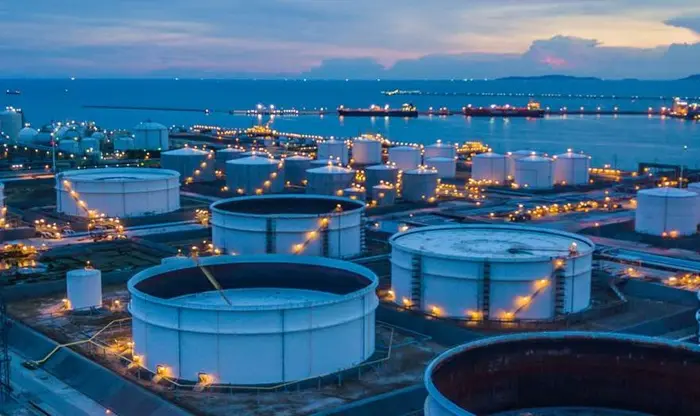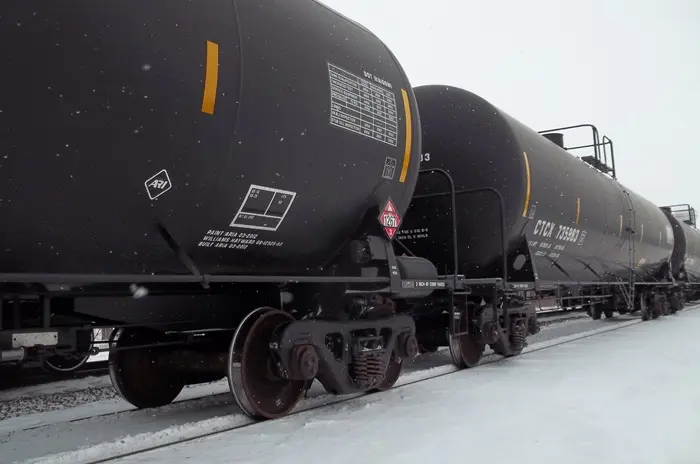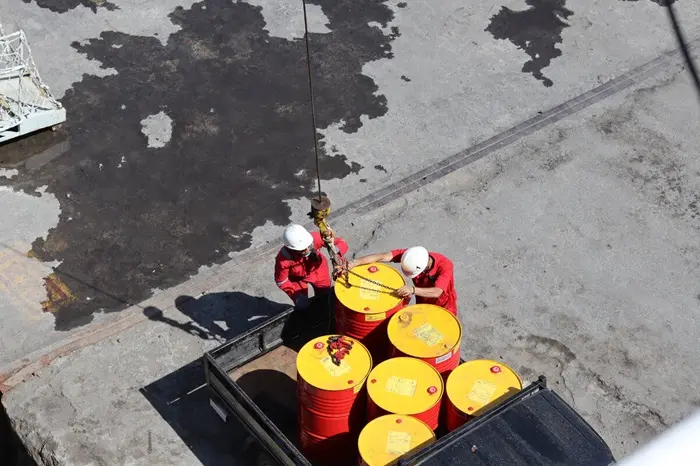Crude oil remains a crucial energy source and a vital component of the global economy. Its production and distribution are central to the operations of many industries and influence geopolitical dynamics. This article explores the seven largest crude oil-producing countries, examining their production volumes, reserves, and impact on the global market.
1. United States
Production Overview
The United States has consistently been the largest producer of crude oil in recent years. The country’s production surged due to advancements in hydraulic fracturing (fracking) and horizontal drilling technologies.
Key Regions
Texas: The Permian Basin is the most prolific oil-producing region in the U.S., contributing significantly to national output.
North Dakota: The Bakken Formation is another major contributor, known for its shale oil production.
Production Statistics
Annual Production: The U.S. produces approximately 11 million barrels per day (bpd).
Proven Reserves: The country holds around 35 billion barrels of proven oil reserves.
Impact on Global Market
The U.S. has shifted from being a net importer to a net exporter of crude oil, influencing global oil prices and market dynamics. Its strategic reserves and production capacity play a pivotal role in stabilizing the global oil supply.
See Also: How To Deal With Rusty Crude Oil?
2. Saudi Arabia
Production Overview
Saudi Arabia is one of the world’s leading oil producers, known for its vast reserves and significant influence within OPEC.
Key Fields
Ghawar Field: The largest conventional oil field in the world, contributing heavily to Saudi Arabia’s output.
Safaniya Field: The largest offshore oil field globally.
Production Statistics
Annual Production: Saudi Arabia produces around 10.5 million bpd.
Proven Reserves: The country boasts approximately 266 billion barrels of proven reserves.
Impact on Global Market
Saudi Arabia’s oil policies, including production cuts and increases, significantly impact global oil prices. Its role within OPEC and its ability to quickly ramp up production makes it a key player in global energy markets.
3. Russia
Production Overview
Russia is a major global oil producer, with significant reserves and a well-developed extraction infrastructure.
Key Regions
Western Siberia: Home to the largest oil fields, including Samotlor and Priobskoye.
Volga-Urals: Another key oil-producing region with substantial output.
Production Statistics
Annual Production: Russia produces around 10.2 million bpd.
Proven Reserves: The country holds approximately 80 billion barrels of proven reserves.
Impact on Global Market
Russia’s oil production and export strategies significantly influence European and Asian markets. The country’s involvement in OPEC+ agreements also affects global oil production levels and pricing.
4. Canada
Production Overview
Canada is a leading oil producer, primarily due to its vast oil sands reserves.
Key Regions
Alberta: The province is the center of Canada’s oil sands industry, particularly in the Athabasca, Peace River, and Cold Lake regions.
Offshore Atlantic: Significant conventional oil production occurs off the coast of Newfoundland and Labrador.
Production Statistics
Annual Production: Canada produces around 4.7 million bpd.
Proven Reserves: The country has approximately 170 billion barrels of proven reserves, with the majority in oil sands.
Impact on Global Market
Canada’s oil exports are crucial for the North American market, particularly the United States. Its oil sands production methods and environmental impacts are topics of significant global interest.
5. China
Production Overview
China is a significant oil producer, with production mainly driven by state-owned enterprises.
Key Fields
Daqing: The largest and most productive oil field in China.
Shengli: Another major field contributing significantly to national output.
Production Statistics
Annual Production: China produces around 4 million bpd.
Proven Reserves: The country has approximately 26 billion barrels of proven reserves.
Impact on Global Market
China’s domestic production helps meet its substantial energy demands. However, the country remains one of the largest oil importers, influencing global trade flows and pricing.
6. Iraq
Production Overview
Iraq is a major oil producer with vast reserves, primarily concentrated in the southern part of the country.
Key Fields
Rumaila: One of the largest producing fields in Iraq.
West Qurna: Another significant field with substantial output.
Production Statistics
Annual Production: Iraq produces around 4.6 million bpd.
Proven Reserves: The country holds approximately 145 billion barrels of proven reserves.
Impact on Global Market
Iraq’s oil production is vital for its economy and global oil supply. The country’s production capacity and geopolitical stability are closely watched by global markets.
7. United Arab Emirates (UAE)
Production Overview
The UAE is a leading oil producer in the Middle East, with significant reserves and advanced extraction technologies.
Key Fields
Zakum: One of the largest offshore oil fields in the world.
Upper Zakum: A major field contributing significantly to UAE’s output.
Production Statistics
Annual Production: The UAE produces around 3.8 million bpd.
Proven Reserves: The country has approximately 98 billion barrels of proven reserves.
Impact on Global Market
The UAE’s production policies and capacity expansion plans influence global oil markets. The country’s strategic location and infrastructure make it a key player in global energy logistics.
Conclusion
The seven largest crude oil-producing countries—United States, Saudi Arabia, Russia, Canada, China, Iraq, and the United Arab Emirates—play critical roles in the global oil market. Their production volumes, reserves, and strategic decisions impact global supply, pricing, and geopolitical dynamics. As the world transitions towards sustainable energy sources, these countries’ policies and technological advancements in oil production will continue to shape the global energy landscape.
Related topics:

































